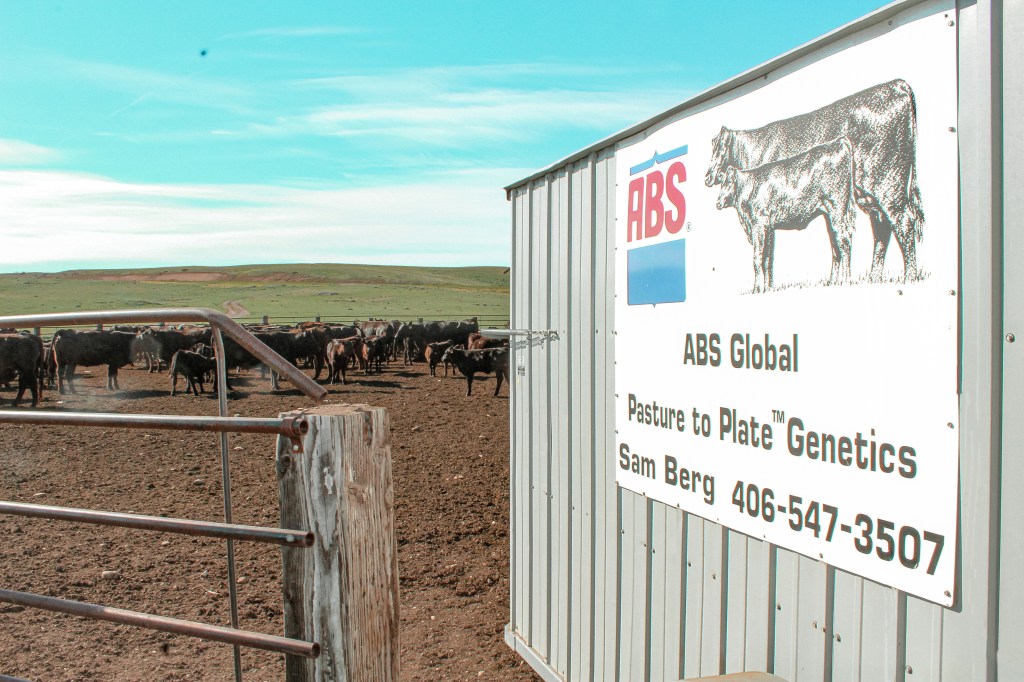Reproduction is the most profitable trait a producer can manage in a cowherd. Reproductive management technologies, such as estrus synchronization, can be used to increase reproductive efficiency and profitability in beef cattle operations. A cow that becomes pregnant every year pays for her to stay in the herd. Beef cattle producers make money when they market their cowherd’s offspring, thus, reproduction is key for the cycle. The positive benefits of estrus synchronization programs and artificial insemination are numerous in terms of reproduction.
[READ: Synchronization Protocols]
What are the benefits?
By using estrus synchronization, we can increase the number of females that become bred earlier in the breeding season, and ultimately, can reduce the length of the calving season. This will help improve calf crop uniformity through front-loading your calving season, effectively increasing the weaning weight of the entire calf crop. The ability to shift the average birthdate of your calf crop earlier has the cumulative advantage of giving a higher percentage of the cowherd more days postpartum to recover before needing to re-breed.
Estrus synchronization gives cattle producers the opportunity to control when groups of cows or heifers come into heat and ovulate. By controlling heat expression and ovulation, fixed-timed AI (TAI) programs can be incorporated, and all females can be inseminated on the same day. This strategy eliminates the need for estrus detection and promotes more efficient pregnancy production and faster genetic improvement. Through the combination of estrus synchronization and the use of superior AI sires, more profitable calves can be produced.

Another benefit of estrus synchronization is the greater opportunity to get more females pregnant during the entire breeding season. Following estrus synchronization, the estrous cycles of many females are synched up, so a high percentage of cycling females will likely come into heat during a similar time frame at the beginning of the breeding season. If using fixed timed AI, the day of insemination is regarded as the start of the breeding season, where approximately half of the females would likely become pregnant per AI, leaving the remainder of the breeding season for the rest of the females to become bred. Therefore, estrus synchronization programs make it possible for females to have at least three chances to become pregnant during a 60-day breeding season.
Access to the very best genetics is another major advantage of synchronization programs and artificial insemination. Historically, the use of AI exploded in the U.S. with the introduction of continental breeds and the clear economic advantage their progeny possessed in growth and red meat yield. In more recent times, the benefit of artificial insemination has been the easiest to recognize in the form of reliable calving ease bulls used to generate unassisted live calves from first calf heifers. Producers have also capitalized on retaining ownership of AI sired calves to harvest by selecting sires with superior carcass traits. Perhaps, the biggest advantage to utilizing artificial insemination is the value of the replacement females you can create.
[READ MORE: Sexcel 60/40 Synch]
Benefits of Synchronization
- Front load calving season
- Increase number of heifers bred early in the breeding season
- Increase calf crop uniformity
- Increase cowherd longevity
- Shortened calving season, thus shortening the labor and time needed
- Increase in days postpartum, better breed back of females
- TAI: precision breeding, breed all females in one day
- Maximize the number of females that get bred during the season by increasing the number of opportunities to become bred
- The increased value of replacement females created
How to maximize success of synchronization programs
To maximize success, producers should have good protocol compliance, a high percentage of cycling females, good hormone handling and administration, accurate and efficient heat detection, and adequate facilities and animal identification. It is also beneficial that cows are a suitable number of days postpartum to increase re-breeding in the herd.
Your Partner in Reproduction
Implementing a synchronization program can be overwhelming at first glance, but at ABS, we have the people with reproductive expertise to identify what works best in your herd. Reproduction is a passion of ours, and we want to work with you! ABS is a member of the Beef Reproduction Task Force, which includes members of the scientific community, pharmaceutical industry, veterinarians, and semen companies. This task force has created lists of recommended estrus synchronization protocols that have been tested and found to be effective for use in beef cattle. These protocol sheets can be found at https://beefrepro.org/.
Interested in discussing implementing a synchronization program in your herd with an ABS expert? Get in touch with us today!






